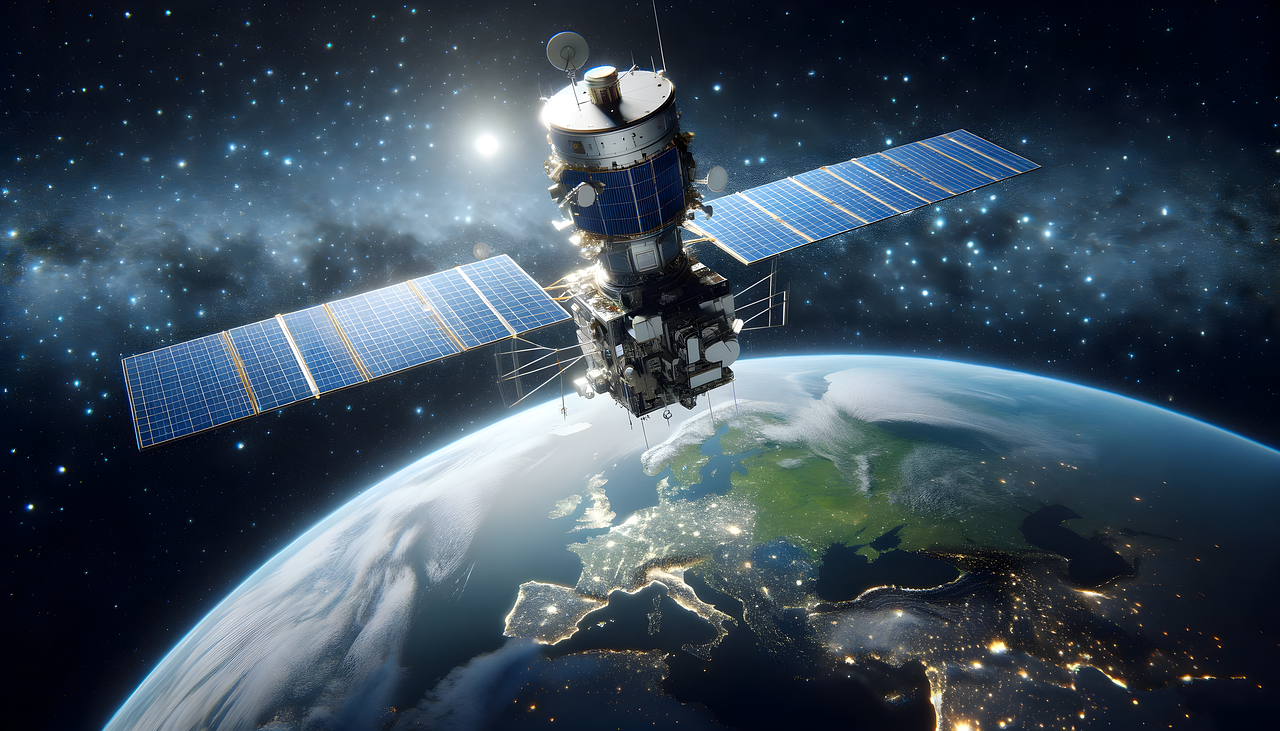
Vocabulary:
- comprehensive /kahm-pri-HEN-siv/
- seismic /SEE-zmik/
- capability /key-puh-BIL-i-tee/
- transformative /trans-FORM-uh-tiv/
- deployment /dih-PLOY-muhnt/
[adjective] – including everything that is necessary; complete
The school offers a comprehensive range of courses in science and technology.
[adjective] – relating to or caused by earthquakes or other vibrations of the Earth and its crust
The seismic activity in the region caused minor tremors last night.
[noun] – the ability or power to do something
The new software greatly enhances our capability to analyze data efficiently.
[adjective] – causing a marked change in someone or something
The discovery of antibiotics was transformative for modern medicine.
[noun] – the act of moving soldiers or equipment to a place where they can be used when needed
The army’s deployment of troops to the border was a response to increased tensions.
Article reading:
In addition to its civilian applications, ALOS-4 is equipped with advanced sensors developed in collaboration with Japan’s Defense Ministry. These sensors enable the satellite to monitor military activities, including missile launches, thereby enhancing Japan’s national security capabilities. President Hiroshi Yamakawa of JAXA lauded the successful launch as a transformative moment for Japan’s space ambitions. He emphasized that ALOS-4’s deployment will not only advance scientific knowledge and disaster response capabilities but also bolster Japan’s prestige in the global space community. The H3 rocket system, managed jointly by JAXA and Mitsubishi Heavy Industries, represents a leap forward in launch technology. It aims to replace Japan’s aging fleet of H-2A rockets, ensuring continued reliability and competitiveness in the international space launch market. This strategic upgrade underscores Japan’s commitment to maintaining robust space capabilities for both civilian and defense purposes, safeguarding national interests, and fostering international collaboration in space exploration.
Discussion Questions:
- Have you ever witnessed or experienced the impact of a natural disaster like an earthquake or volcanic eruption? If so, how did it affect your community? If not, do you think your region is at risk of such events? Why or why not?
- How do you think advanced satellite technology, like Japan’s ALOS-4, could assist in disaster response efforts in your country?
- Do you agree that the dual-use capabilities of Japan’s ALOS-4 satellite, serving both civilian and defense purposes, are justified?
- How might the successful launch of the ALOS-4 satellite impact Japan’s national security strategy? Consider both the benefits and potential challenges.
- In what ways do you think Japan’s collaboration with other countries in space exploration, facilitated by projects like ALOS-4, could influence international relations and scientific advancements globally?
Summarization
Describe:
- orbit
- historic
- testament
- environmental
- collaboration